Looking back now, the TR-808 (1980) was the machine that firmly announced that Roland had entered the 1980s. Gone were the organist-friendly wood panels and push-button rhythm styles. The 808 was thoroughly futuristic, decked out in a color scheme of black, white, orange, yellow, and red that would itself become world-famous, seen on everything from posters to headphones to sneakers. What’s more, it invited you to use it as a Rhythm Composer, not just play you a cha-cha.
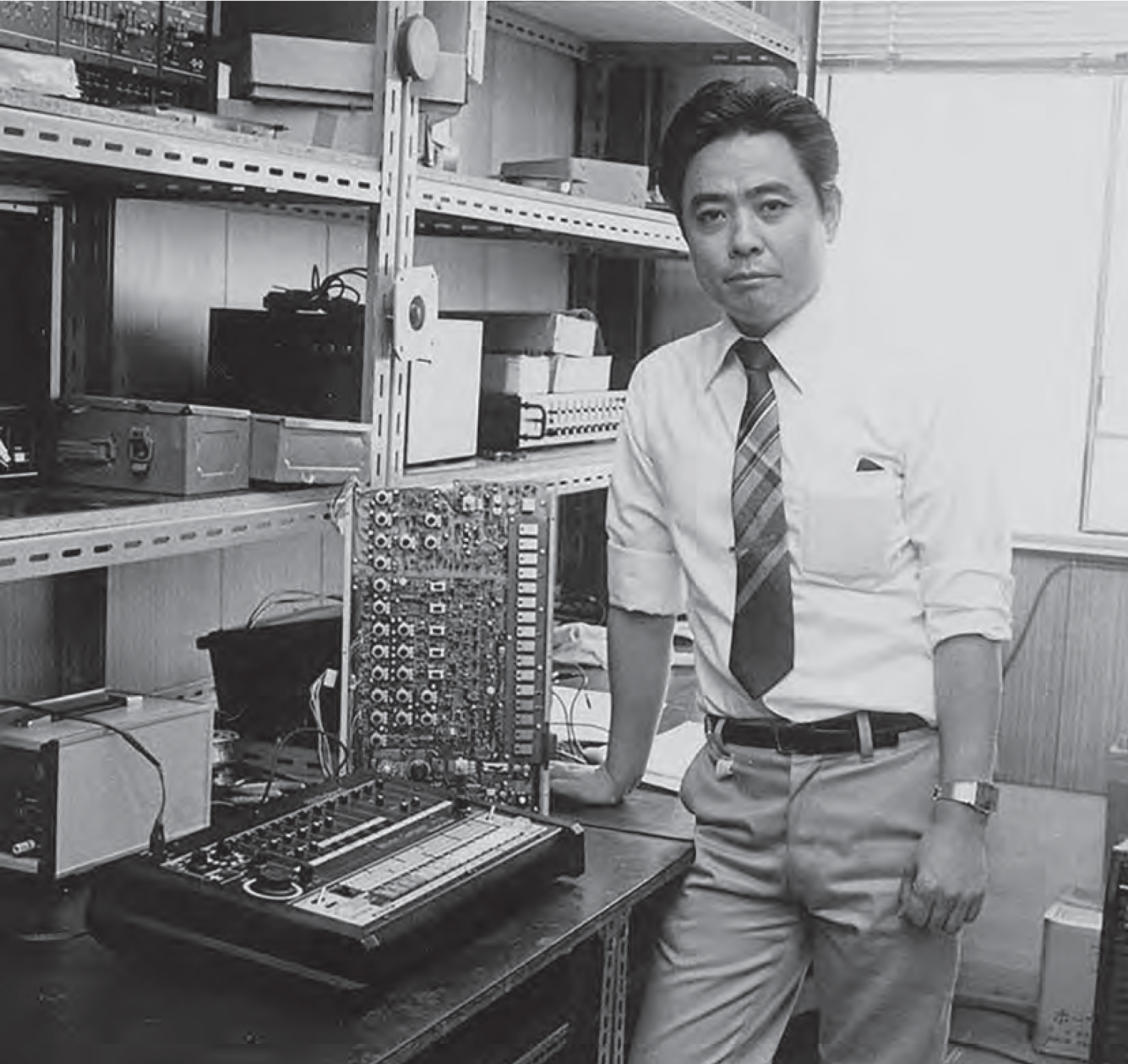
At the time, Roland founder Ikutaro Kakahashi was already interested in making a drum machine that used samples for added realism, but the TR-808’s all-analog synthesis gave it two significant strengths. First, it cost far less than the current digital options, the Linn LM-1 and Oberheim DMX. Second, those analog sounds – building on years of experience in making drum circuits – produced a new category of drum instrument. The TR-808 didn’t sound like an acoustic drum kit; it sounded like an 808. It sounded like electronic drums. It was the machine for a whole galaxy of genres that hadn’t even been invented yet.
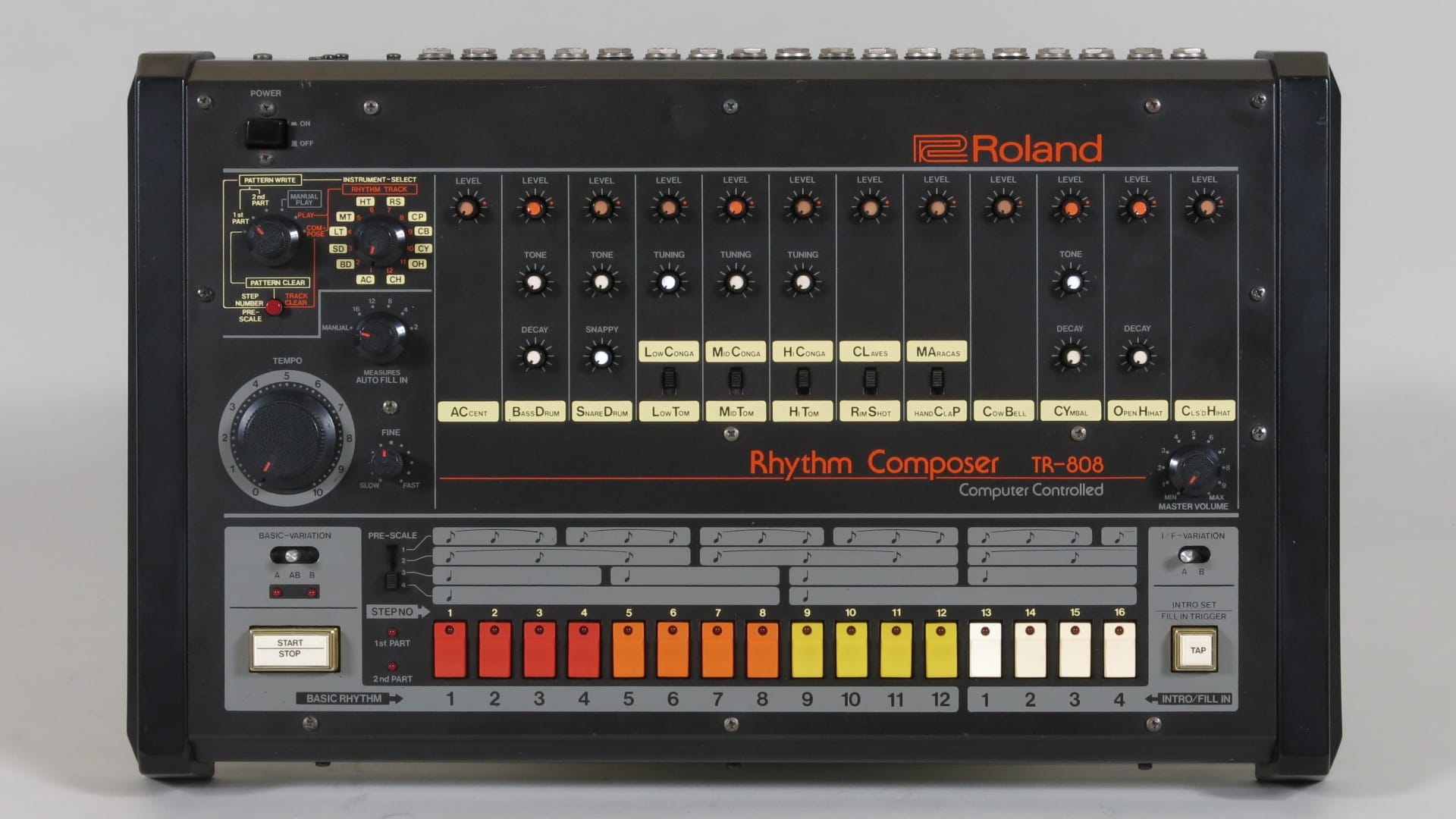
The TR-808 may not have been capable of producing convincing acoustic sounds, but it did serve up a menu of distinct electronic sounds that surpassed those of previous models, including that amazing sub-bass kick and the totally unrealistic yet musical cowbell – listen to Whitney Houston’s ‘I Wanna Dance With Somebody’. And those sounds could be tweaked – suddenly a drum machine had knobs for tone, tuning, decay, and... Snappy.
Most importantly, the 808 was not only programmable but also easy to program. Its new pattern editing system, named TR-REC, gave each step its own button, programmable step by step or in real time – an idea used on dozens of later boxes. The 808 had automated intros and fills, A and B variations, and time divisions silkscreened in notation right on the panel, with a Pre-Scale switch that let you set the meter via different numbers of steps per measure. Roland saw the 808’s target market as musicians wanting to produce their own demos. They got it almost right – just replace the word ‘demos’ with ‘nearly any kind of music you can think of’.
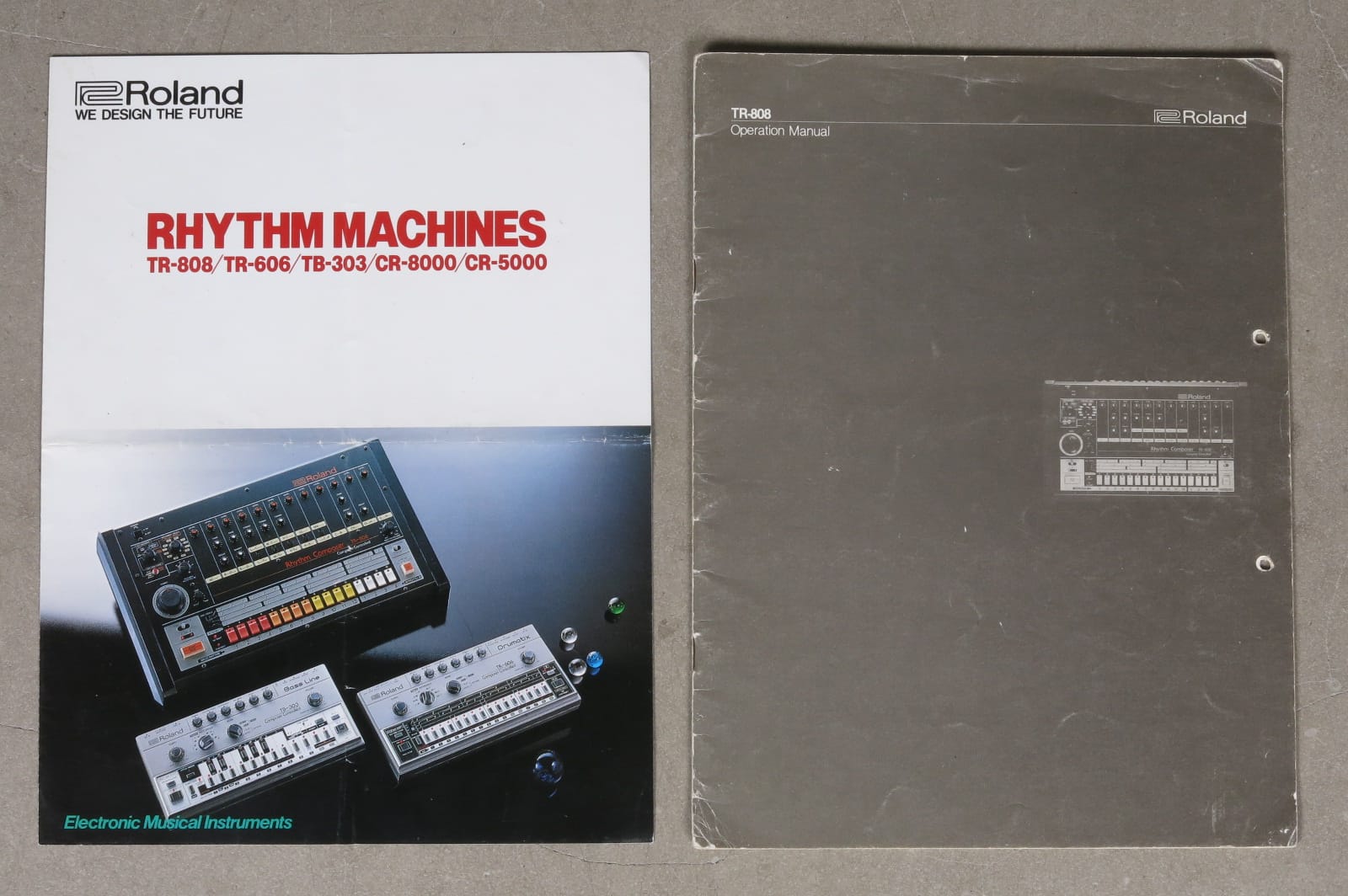
Inside the magic box
The 808 was quite a feat of engineering for the time. Tadao Kikumoto’s design team was taking existing technology and stretching it to do things it had never done before, with impressive results. Voicing designer Hiro Nakamura used a System-700 modular synth to come up with sounds that were then recreated with specific circuits. They were designated/abbreviated as Bass Drum, Snare Drum, Low/Mid/High Toms/Congas, RimShot/CLave, handClaP/MAracas, CowBell, CYmbal, and Open/Closed Hi-hat. All sounds had level control, and some had more: decay (BD, CY, OH), tone (BD, SD, CY), snappy (SD), and tuning (tom/conga).
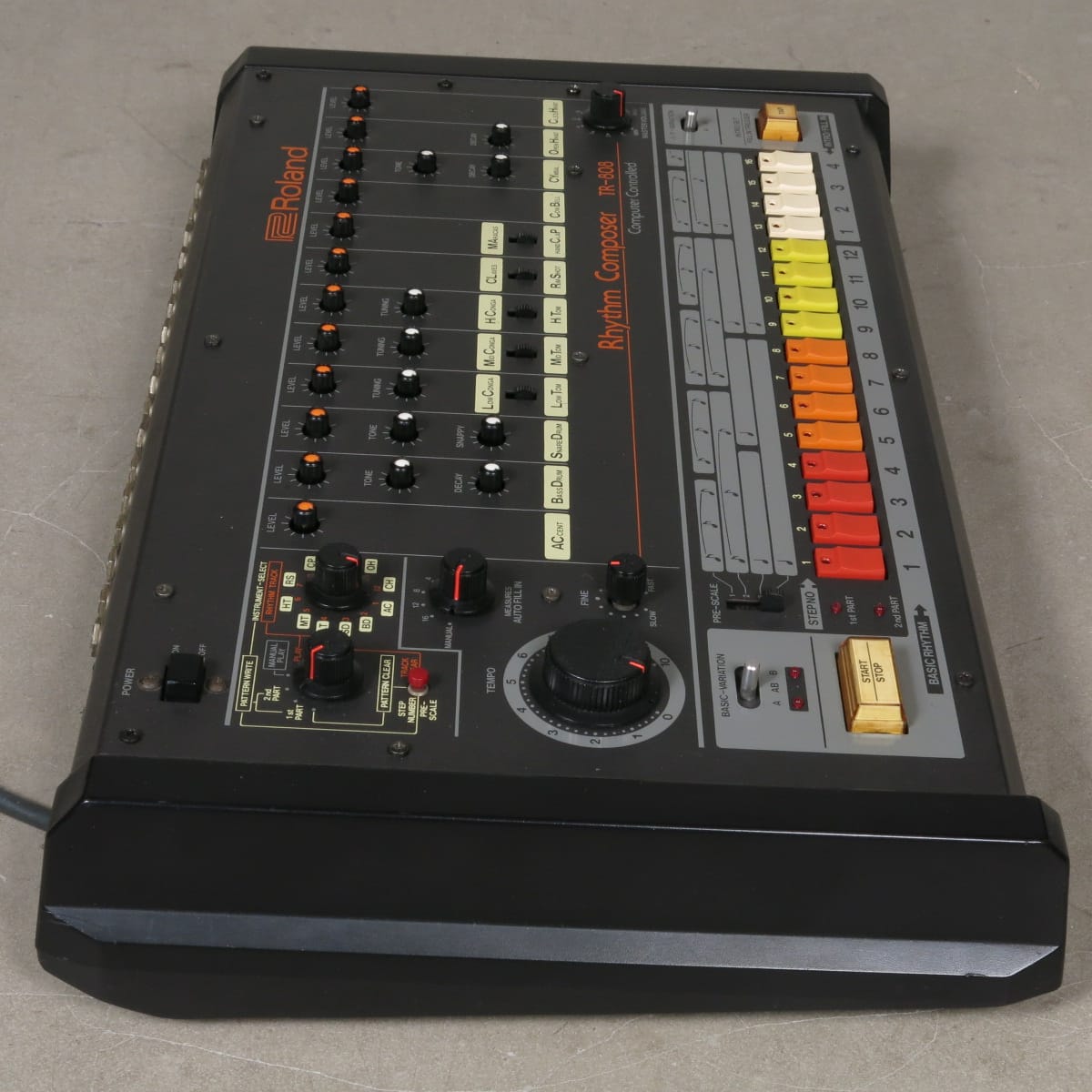
Patterns could be set to any number of steps up to 32, and the 12 stored tracks could hold up to 64 measures each. Rhythms could be augmented with intros, fills, and variations. Accents were treated as an ‘instrument’ (AC) that could be set for each step. Besides the Master output, there were outputs for each sound, three trigger outputs (AC, CB, CP), Start/Stop and Intro/Fill In pedal jacks, and DIN sync.
The 808 snare contains a combination of two pitched sounds generated by resonators, plus shaped and filtered noise. A reshaped version of the trigger pulse – the famous ‘snappy’ – can be mixed with the initial trigger to influence how the resonators respond when kicked into life.
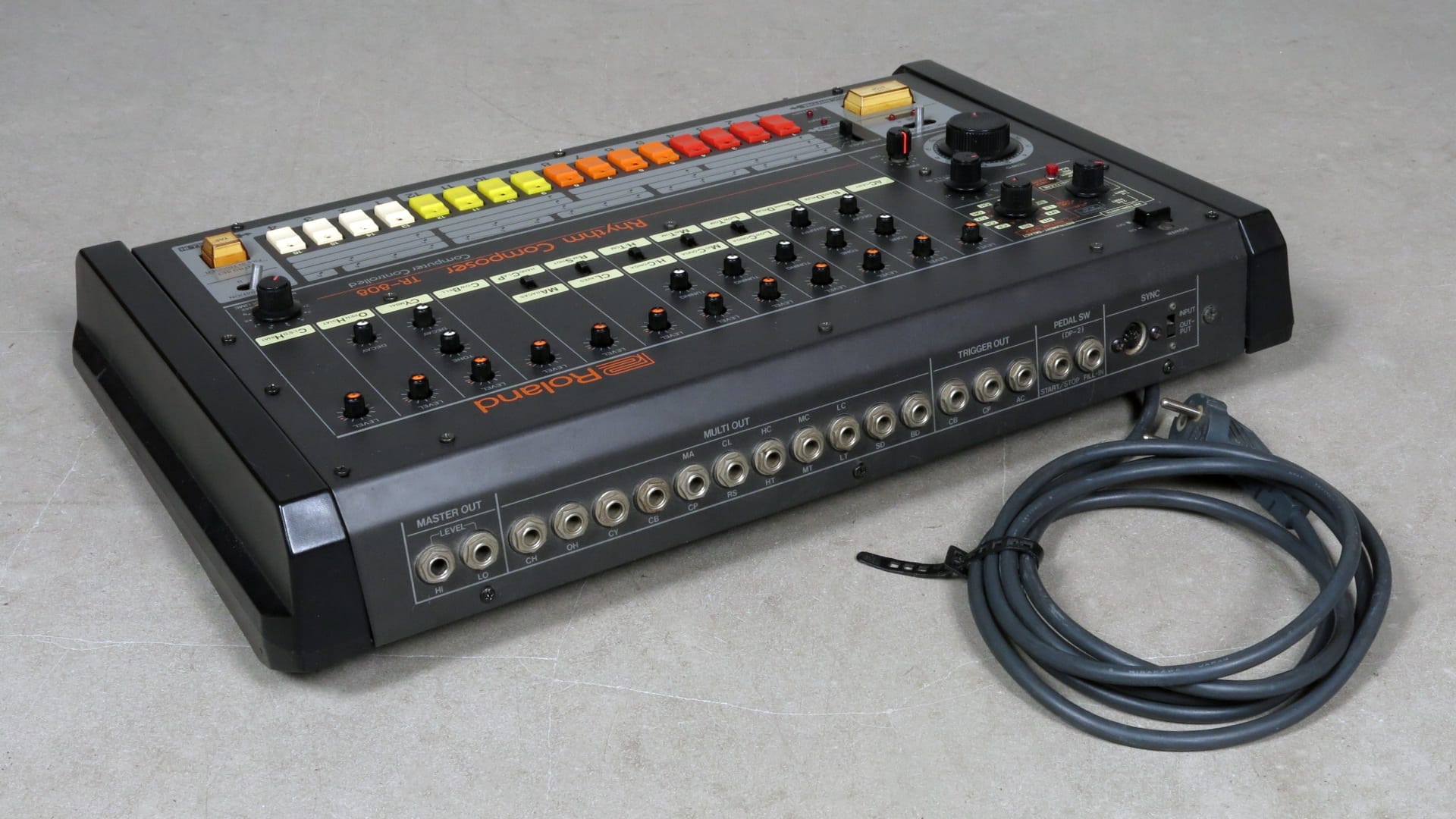
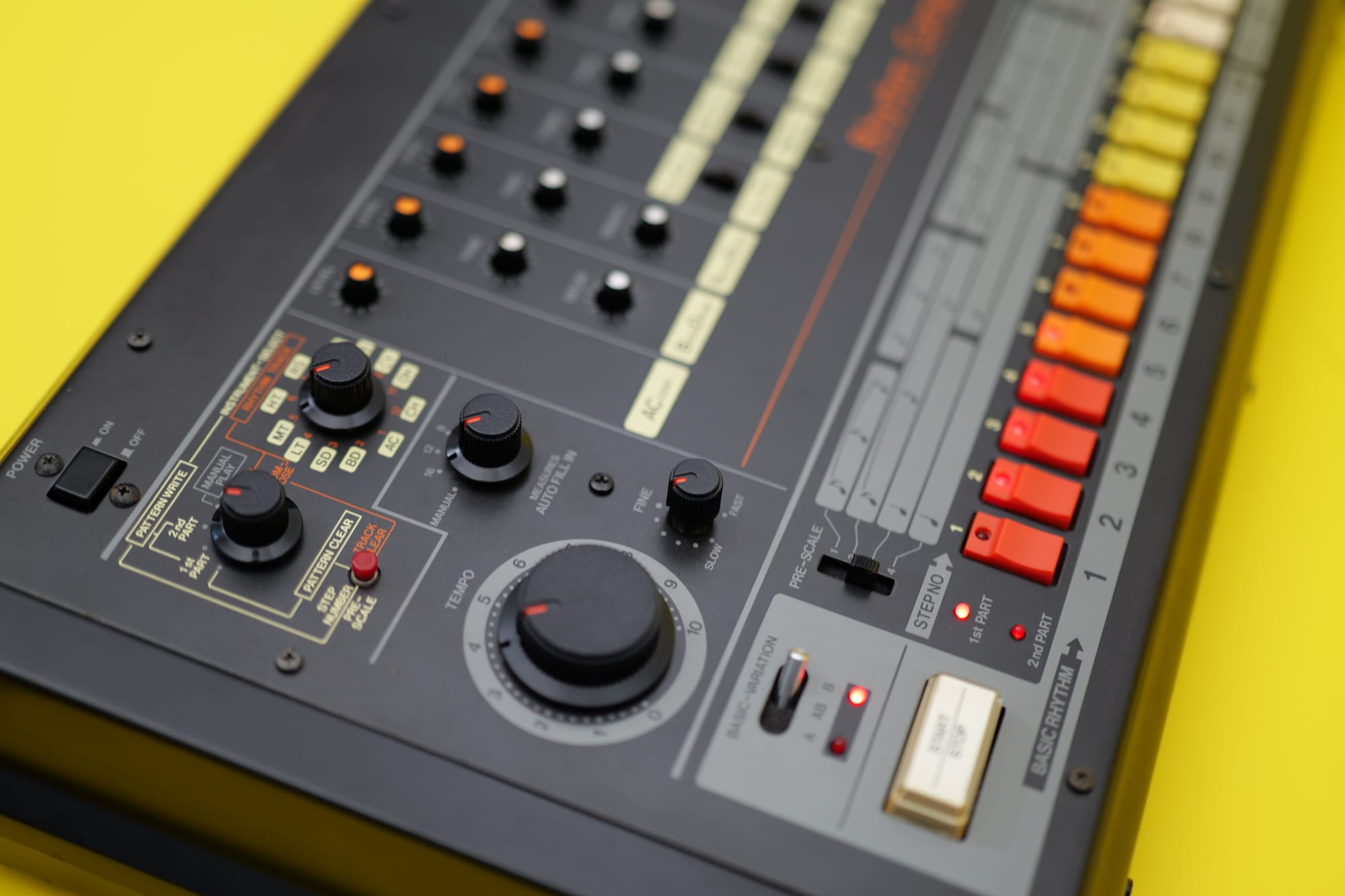
The 808’s rising street value nourishes a secondary market for service technicians, some of whom will also extend the 808’s functions, from new sonic details to MIDI retrofits.
Robin Whittle, creator of the Devil Fish 303, has given the 808 features like 32-bank memory, more control over the bass drum and handclap sounds, more accent control, and alternative noise and accent inputs.
Some vendors offer circuit boards to emulate part or all of the 808’s sounds or sequencing. DinSync.info aims to future-proof the 808 against failing components by offering a digital clone of the original’s ‘brain’ on modern hardware.
Developer Yoshinosuke Horiuchi has produced an open-source software recreation of the TR-808 in the free cross-platform coding environment SuperCollider. It can be played as an instrument, used to teach DSP coding, or used for live coding performances.
Taking it further
As perhaps Roland’s single most iconic instrument, the 808 has served as inspiration for several new designs: the AIRA TR-8, TR-8S, and T-8, as well as the TR-08 Boutique module and the Roland Cloud TR-808 plug-in, both of which use Analog Circuit Behavior (ACB) modeling to emulate the 808’s sound accurately.
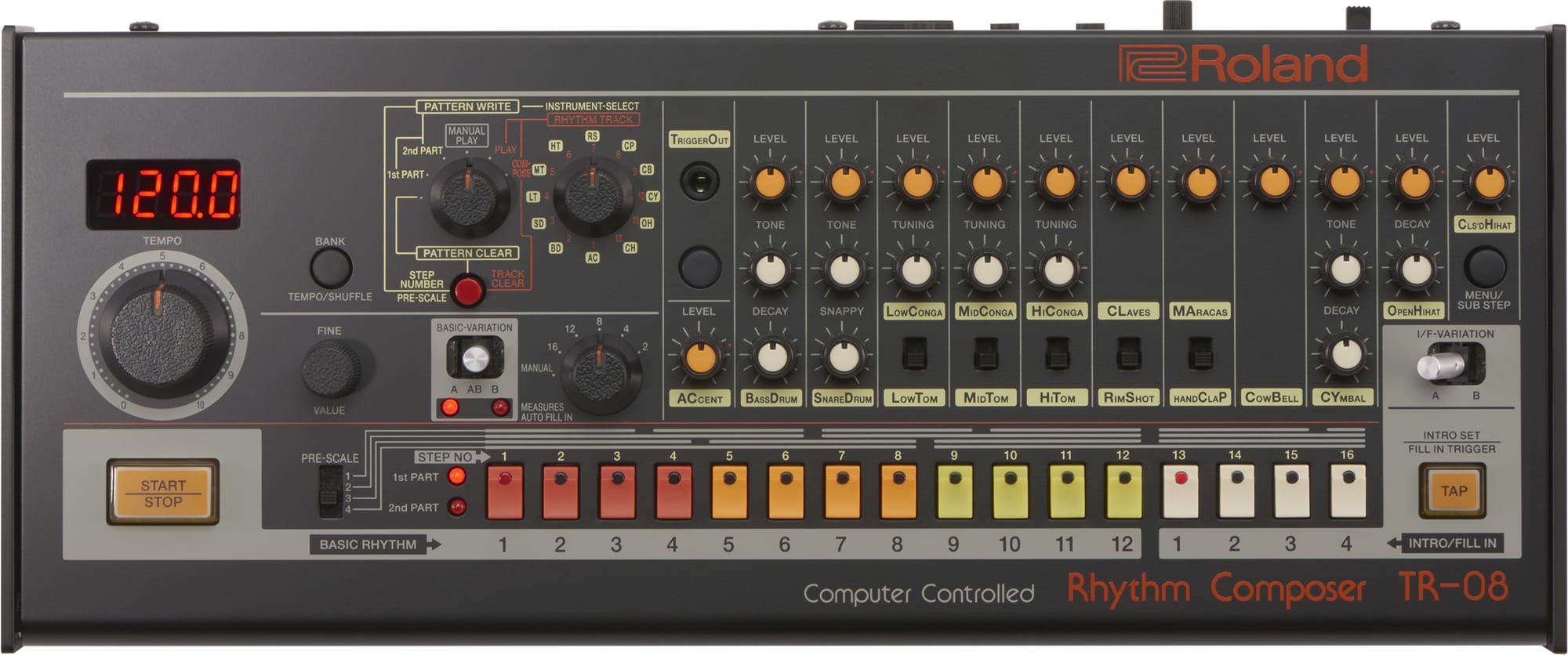
The TR-08 supplements the 808’s features with a miniaturized but faithful front panel and extras like added compression, gain, tuning, and panning for selected instruments, a dedicated trigger output that can follow any internal instrument track, and up to ten separate instrument outputs via USB.
The Cloud TR-808 Software Rhythm Composer sports more sound options, an expandable front panel for easier multi-track rhythm programming, eight variations per pattern, and independent settings for last step and shuffle.


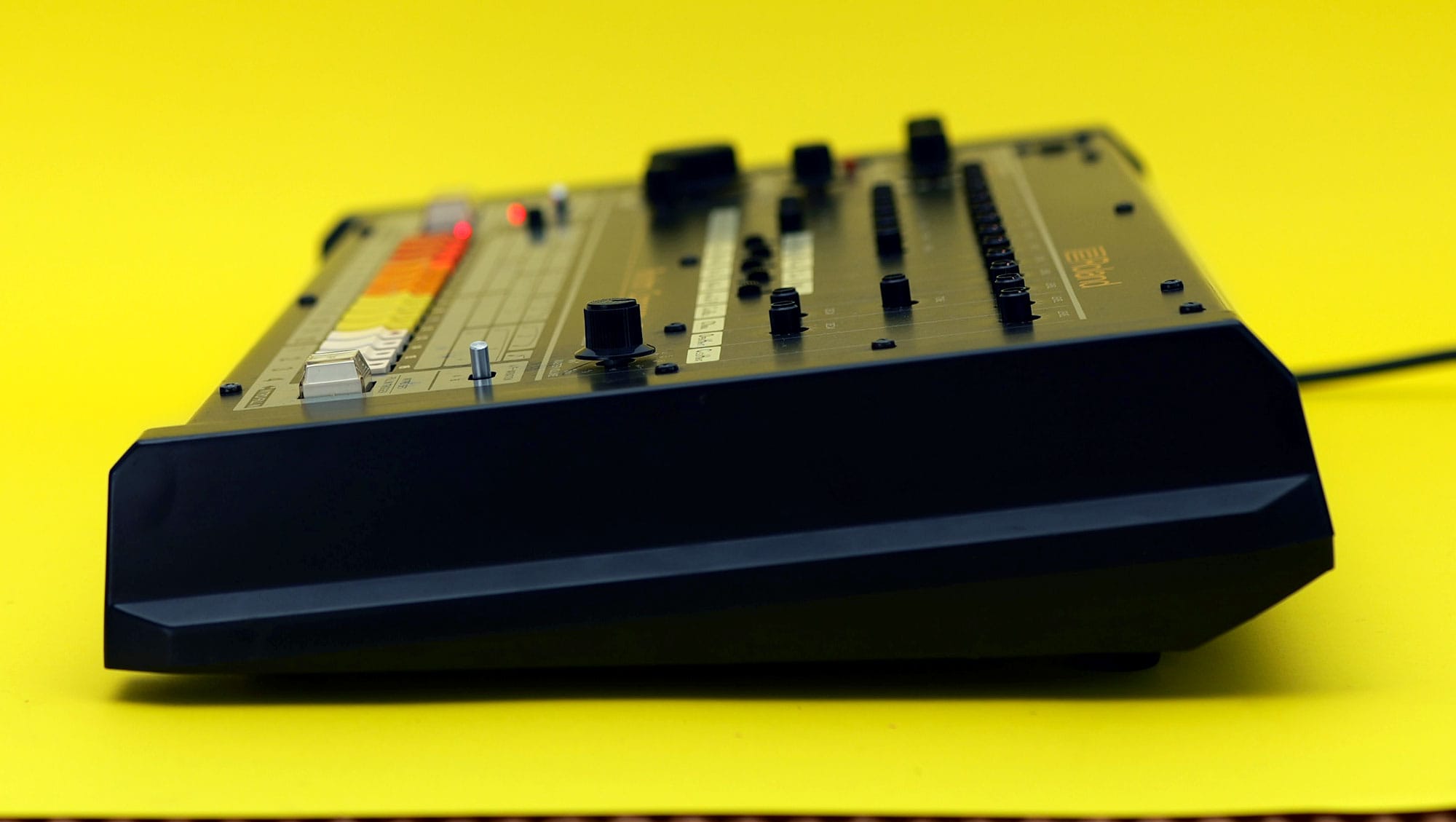

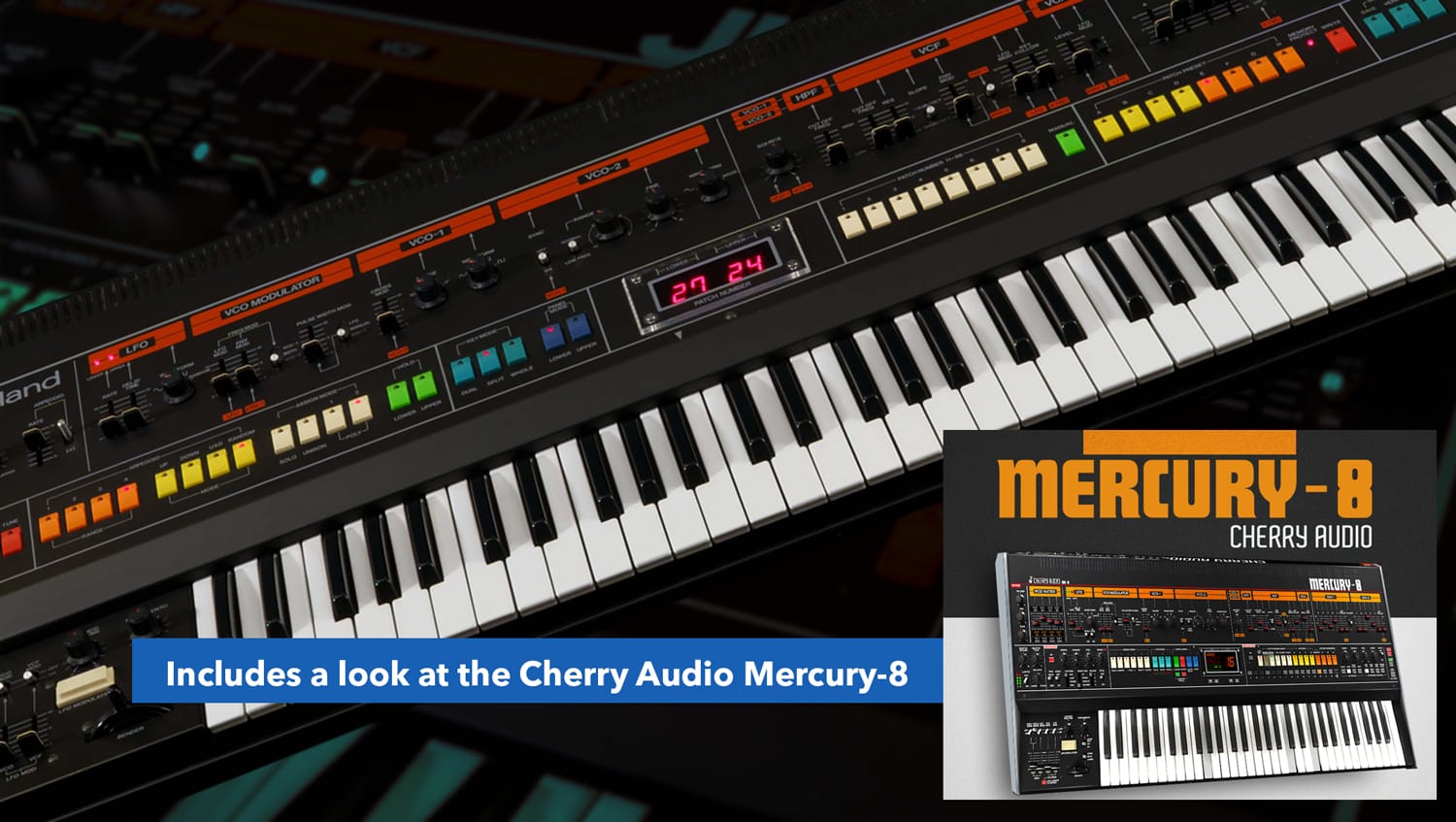
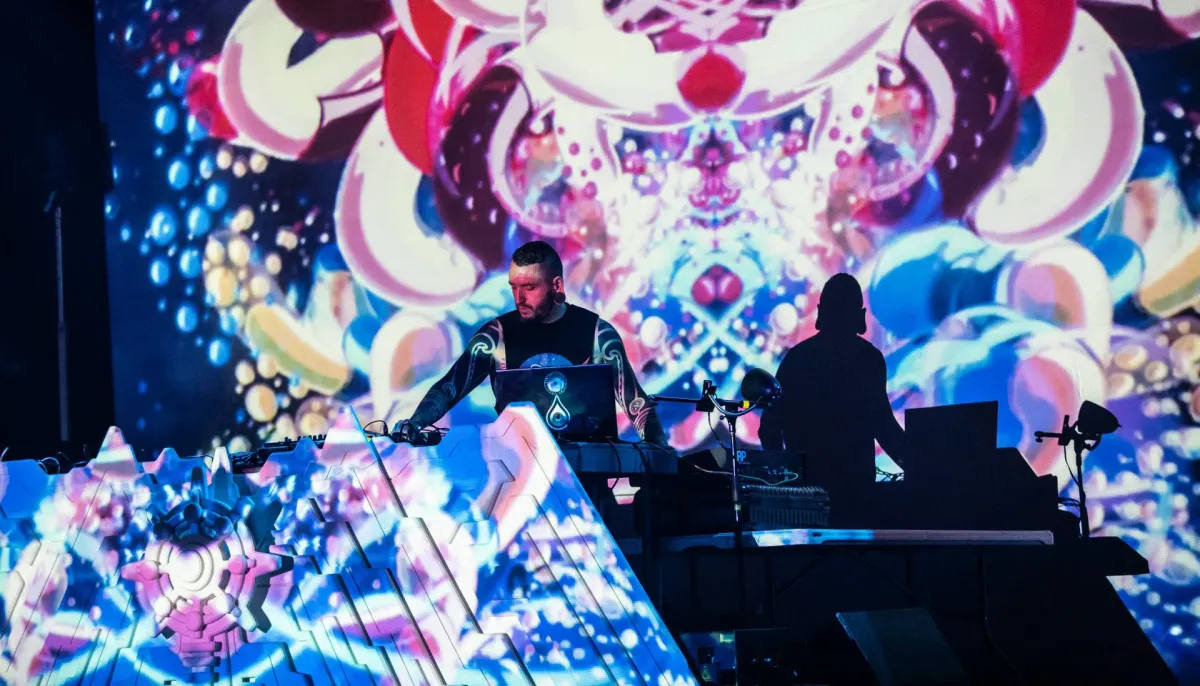
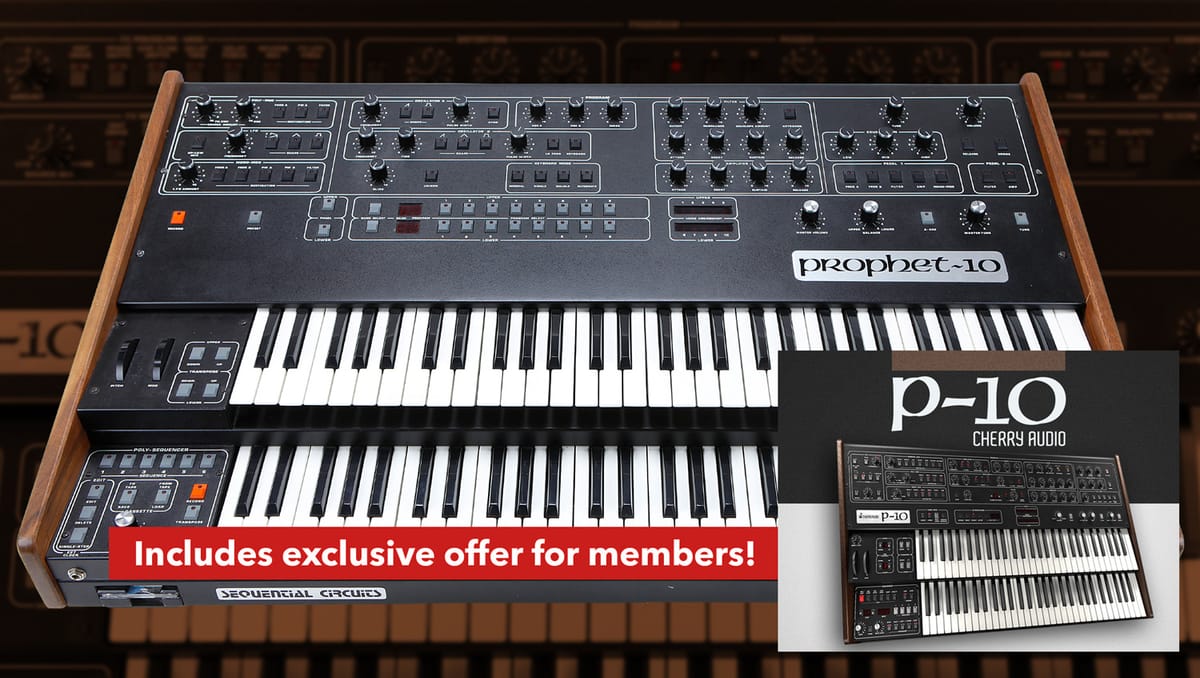
Comments